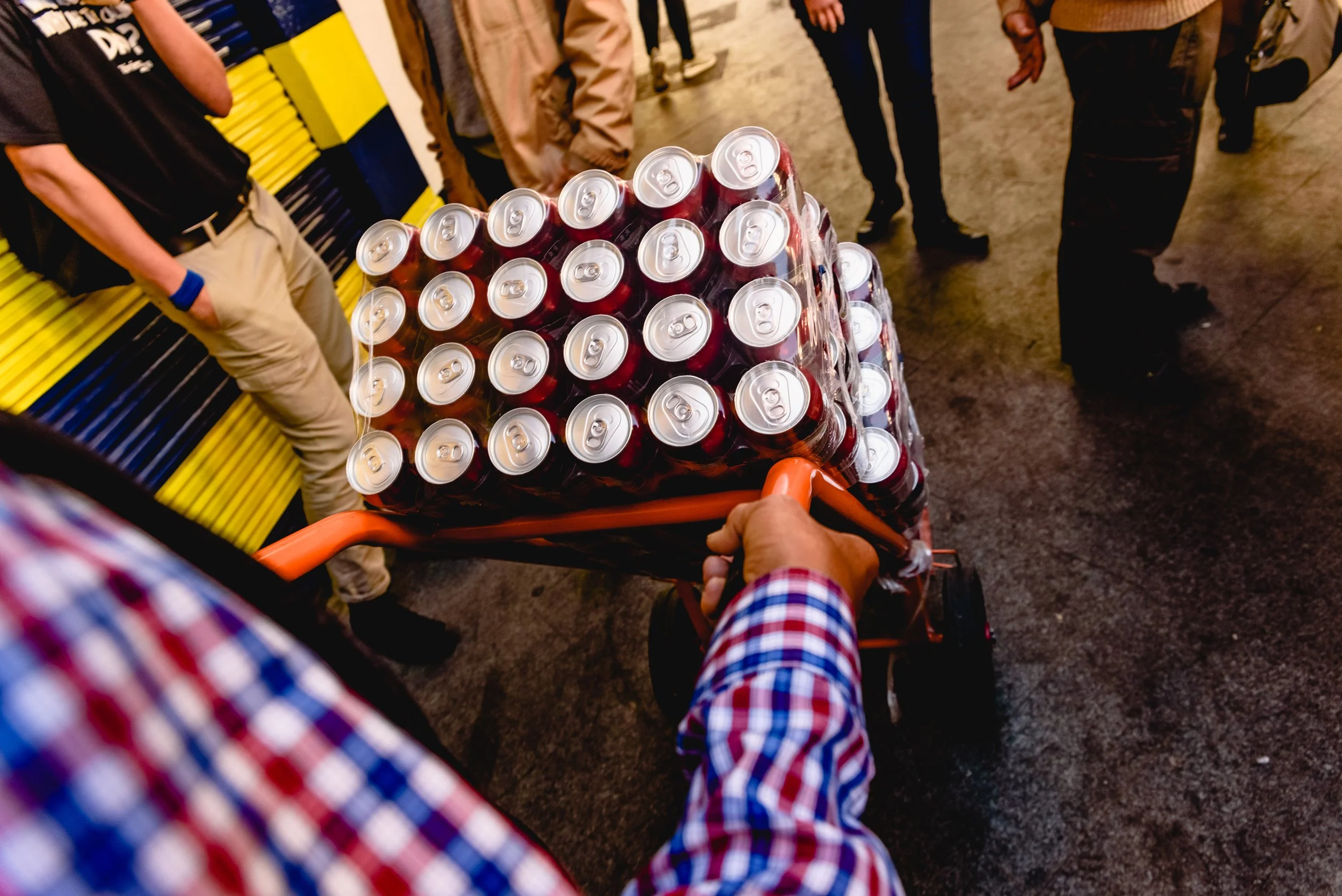Clubs are the Biggest Untapped Opportunity for Breweries
According to Zuora’s annual Subscription Economy Index Report, the subscription economy as a whole has grown more than 6x in less than ten years. Not only that, but subscription businesses have grown five to eight times faster than traditional businesses. From wine to entertainment and razorblades—the subscription model provides greater flexibility, adaptability, efficiency, and accountability to your business while allowing for greater convenience, novelty, and affordability to the customer.
Companies offering subscriptions have been steadily rising for years, but the COVID-19 pandemic fast-forwarded the widespread acceptance and expanded the types of industries that provide them. Once businesses started temporarily closing their doors to the public in 2020, those who were savvy pivoted to digital service models and embraced subscriptions.
Craft producers who elevated their digital presence and leaned on their club models during the shutdowns reaped the rewards and demonstrated resilience. Missed in-person sales were replaced (see an example with Failla Wines), and customers’ dedication grew stronger (check out Fort George and pFriem Family Brewers.)
Wine Has Proven Club Success; Now It’s Beer’s Turn
Wineries have proven that the club model works for beverage alcohol businesses. According to the 2021 Silicon Valley Bank State of the Wine Industry Report, on average, 23 percent of winery sales come from clubs. That’s a significant portion, second only to tasting room sales.
While the wine club phenomenon has been wildly popular since the 1970s, breweries are only now starting to join the movement. And it’s a good thing. There are many benefits to subscription clubs for both breweries and their customers.
Breweries indeed face different challenges than wineries regarding subscription services, especially when it comes to shipping. Wineries have come a long way over the past few decades—fighting for the ability to ship to more states. As the most established part of the DTC beverage alcohol market, wineries can now ship to 47 states plus the District of Columbia. As the number of states open to DTC wine shipping grew, so did winery club sales. In 2020, DTC wine shipping sales swelled to $3.7 billion.
As of late 2021, breweries may ship interstate to consumers in 13 states and intrastate to consumers in 22 states. It’s a limited marketplace but growing fast—in 2018 there were only 7 states that allowed interstate shipping. According to the 2021 Direct to Consumer Beer Shipping Report, a whopping 84 percent of craft beer drinkers claim they’d like to purchase beer and have it shipped directly to their homes. The pandemic has only increased interest in DTC beer shipping by making contactless purchasing the norm. In time, the number of states open to beer shipping could grow dramatically, but even so, smart brewers are finding creative ways to grow thriving clubs despite the restrictions.
States that Allow Interstate Beer Shipping - Sovos 2021 DTC Beer Shipping Report
Sovos 2021 DTC Beer Shipping Report
Not sure how a club model would benefit your brewery? At VineSpring, we’ve been helping craft producers build, launch, and manage their club programs for over a decade. As BevAlc subscription veterans, we’ll walk you through the many benefits of establishing a brewery subscription program and growing your club member base.
Why Clubs Represent a Huge Opportunity for Breweries
Recurring Revenue for Better Financial Forecasting
As a business owner, there is nothing like financial stability. The recurring revenue brought in by subscription programs can give breweries a steady cash flow. Sure, cancelations will happen, but overall, subscription-based financial forecasting is reliable, giving breweries the ability to make better business decisions for the future.
With a club base, breweries can take calculated risks with big payoffs. Are you thinking about trying a new process? Or introducing a unique flavor profile? What about opening a new taproom? When you’re financially secure, you’ll be able to try out things that have the potential to reel in more revenue and delight customers. Recurring revenue gives breweries the security and freedom they need to stretch their creative juices and grow the business.
Inventory Management Made Easy
Determining inventory for a brewery can be tricky. There are so many factors that go into making, storing, and selling beer.
Thankfully, managing the inventory for a club is predictable. Club members typically “buy in” and commit to specific releases. Breweries can anticipate demand accurately, resulting in a consistent business process, fresher beer, and happier customers. Plus, brewers can count on an eager group of fans to test out and drink up their latest concoctions.
Reduced Customer Acquisition Costs and Lower Retention Spend
It’s expensive to attract new customers, and a new club member is much more valuable than a one-time sale—say hello to repeat business. Memberships ensure a consistent source of recurring revenue and a better return on your marketing spend. Long-term loyalty boosts customer lifetime value giving breweries financial stability and a reduced cost in acquiring customers.
With automatic repeat purchasing, breweries don’t need to spend much time, effort, and money to remarket to customers either. Of course, you’ll want to communicate with your members, but that’s much more straightforward than trying to convince a one-time purchaser to buy again. Instead of breweries racking their brain and emptying their wallets on retention marketing, they can focus on other priorities.
Clubs Benefit Customers Too
Club programs aren’t just good for the brewery; customers love them. When your customers cross the threshold and become members, they gain access to an exclusive inside track—and that feels fantastic. They like being a part of a community and feel special when they get a sneak peek into brewery ongoings, get to taste something unique before anyone else, or the brewery invites them to an exclusive event.
pFriem, a brewery out of Hood River, OR, includes an education element to their clubs. They want their members to feel that they too can be a confident beer expert when exploring barrel-aged beer styles. So not only are their members privy to brewery happenings, but they also have a leg up on how the beers are made—which only makes the beer taste more delicious and strengthens the bond between the member and brewery.
When customers are happy, they turn into the world’s most effective marketing channel. Member superfans are not only loyal customers, but they are walking billboards for your brewery—telling everyone they know how rad your brewery is.
From Vista Brewing in Austin TX, Karen Killough said it well, “Our club members mean much more to us than the money they are spending. They are our biggest brand advocates, and they spread the word about Vista Brewing.”
Identify Your Brewery’s Perfect Club Model
Is your brewery interested in launching a club program? Stay tuned and subscribe to Craft Matters to get the next article in our beer club series. In that article, we’ll map out the different subscription models breweries should consider. No matter what your audience and goals are, we’ll assist you in identifying the ideal framework for your business.
If you have any questions and would like to talk to a club expert, don’t hesitate to reach out to VineSpring.








